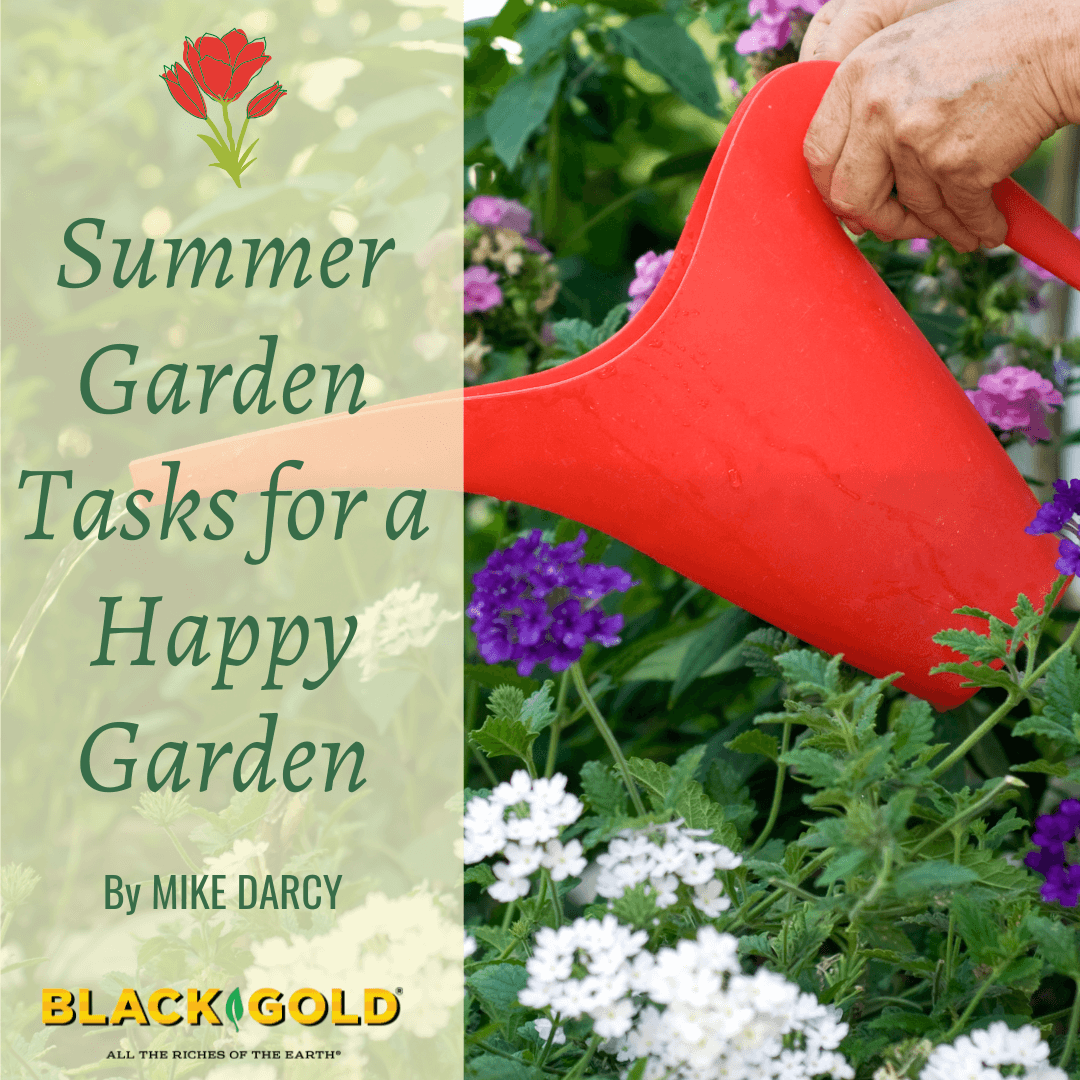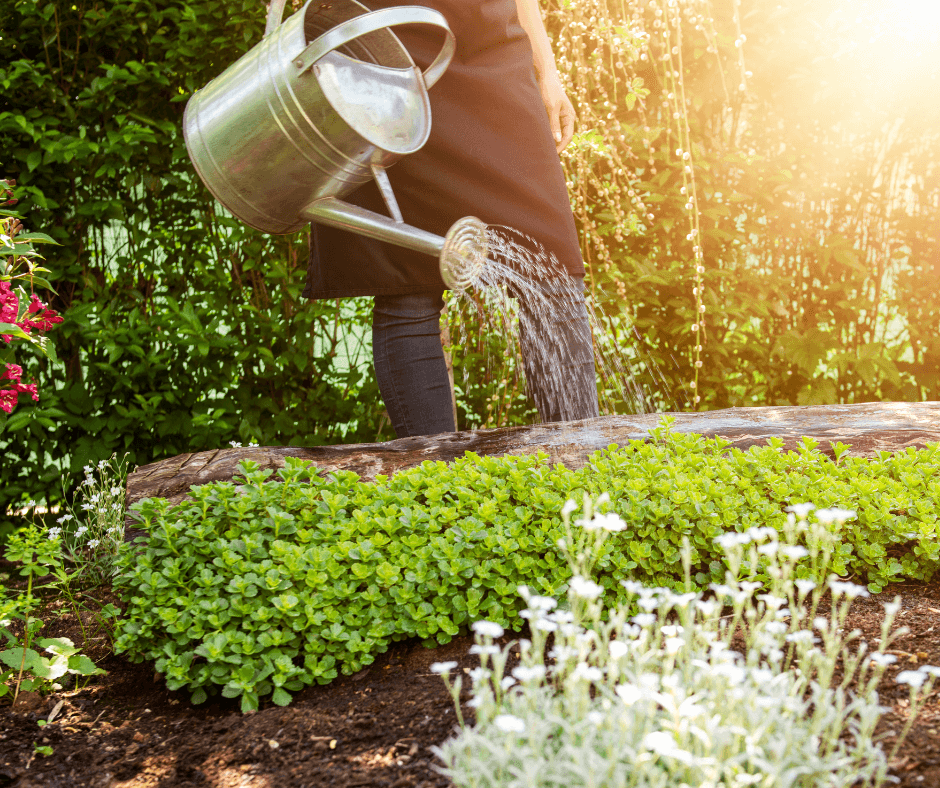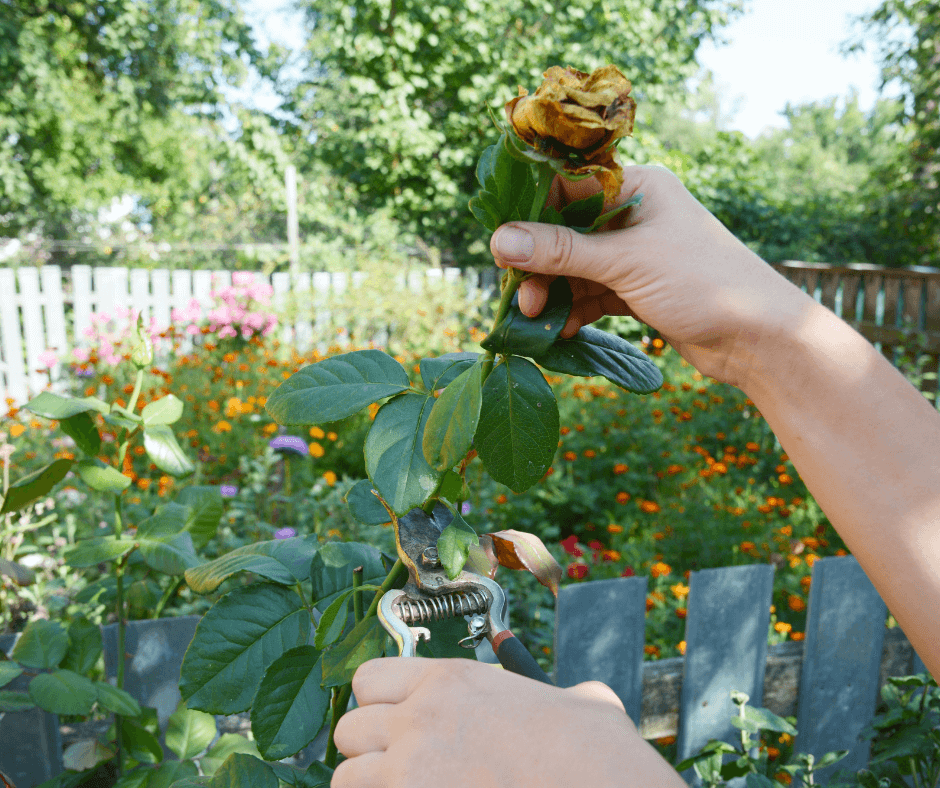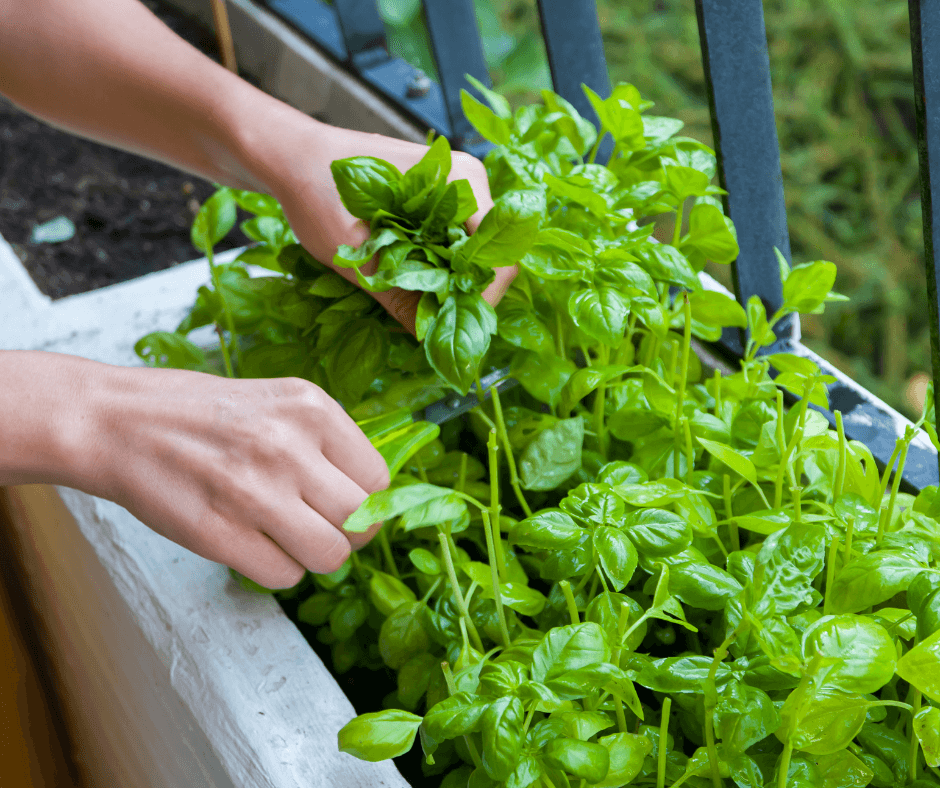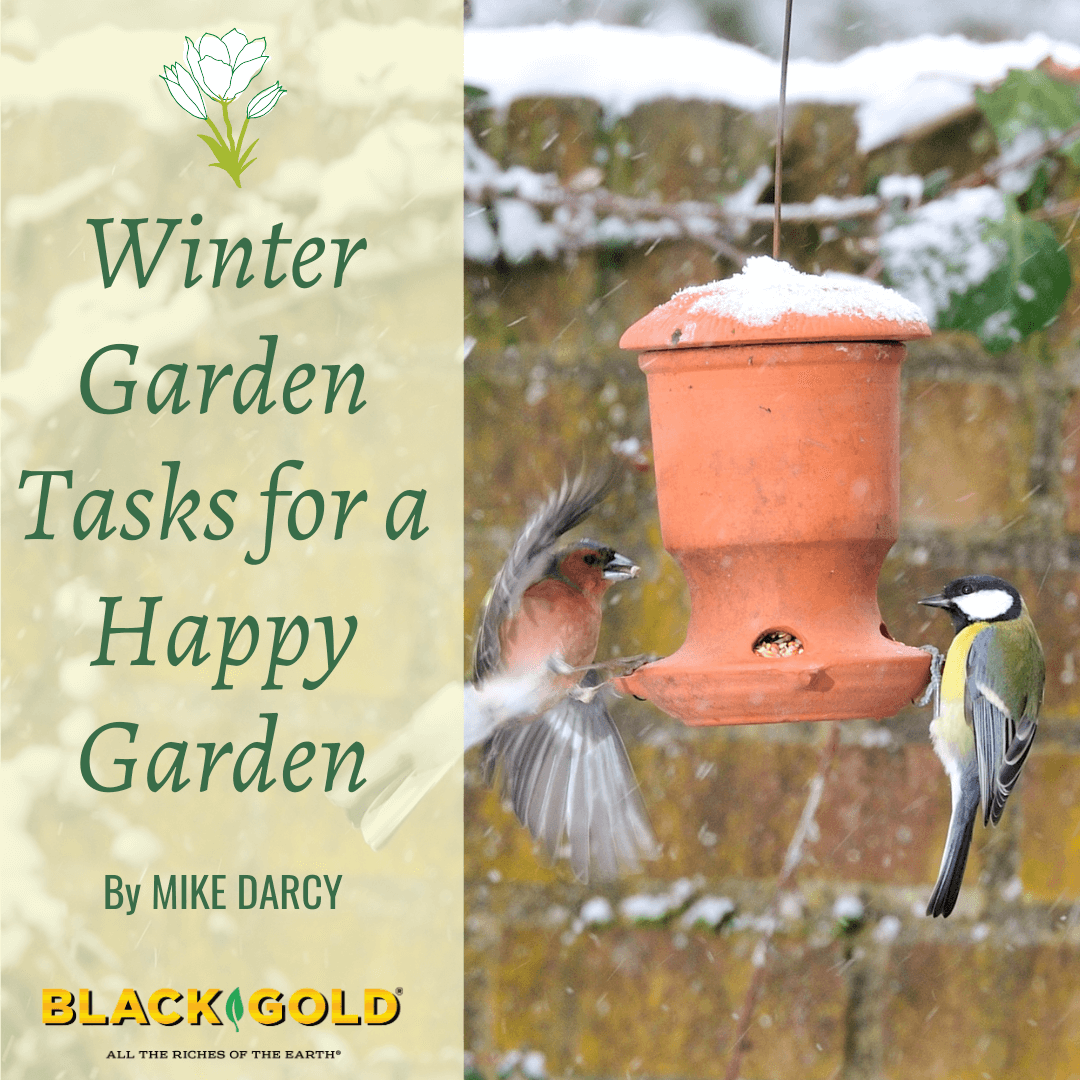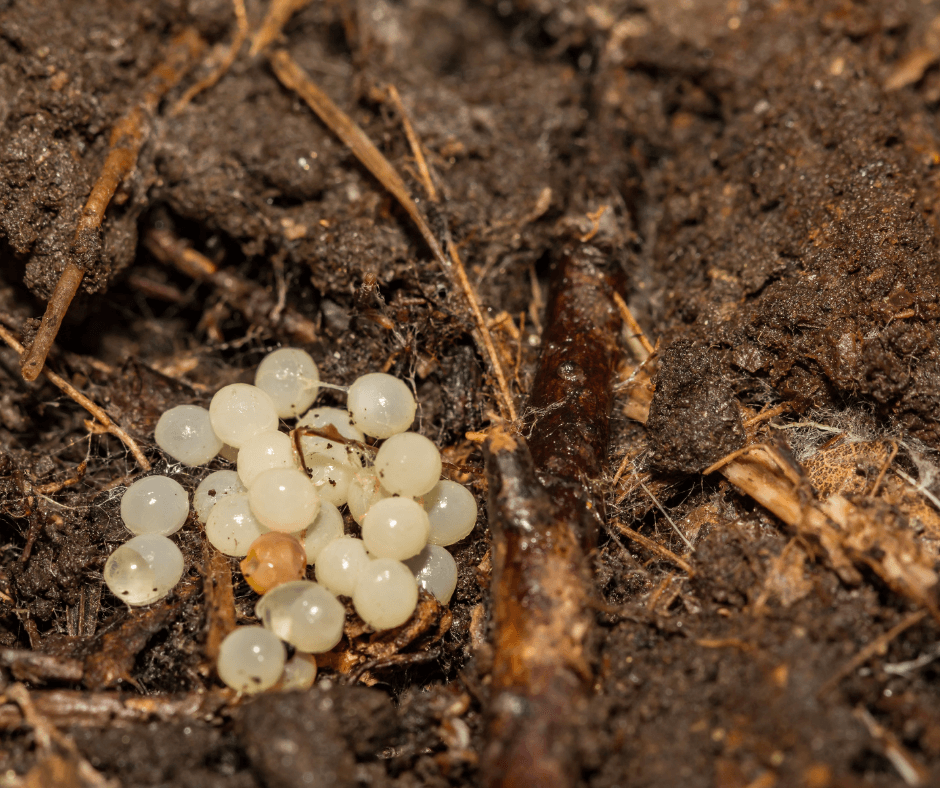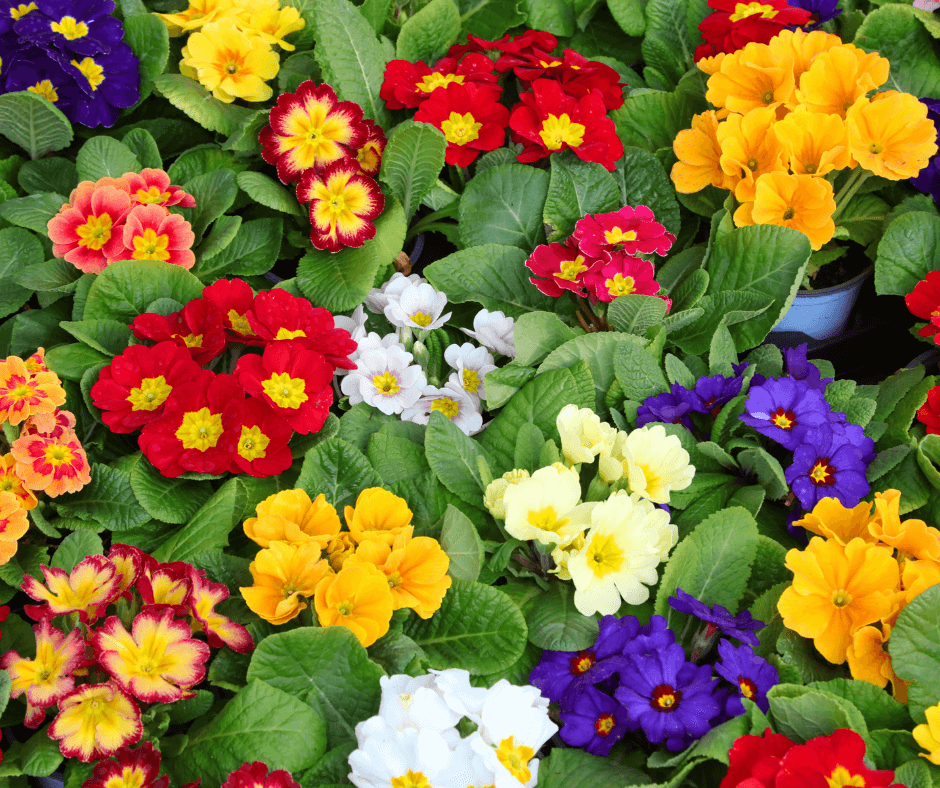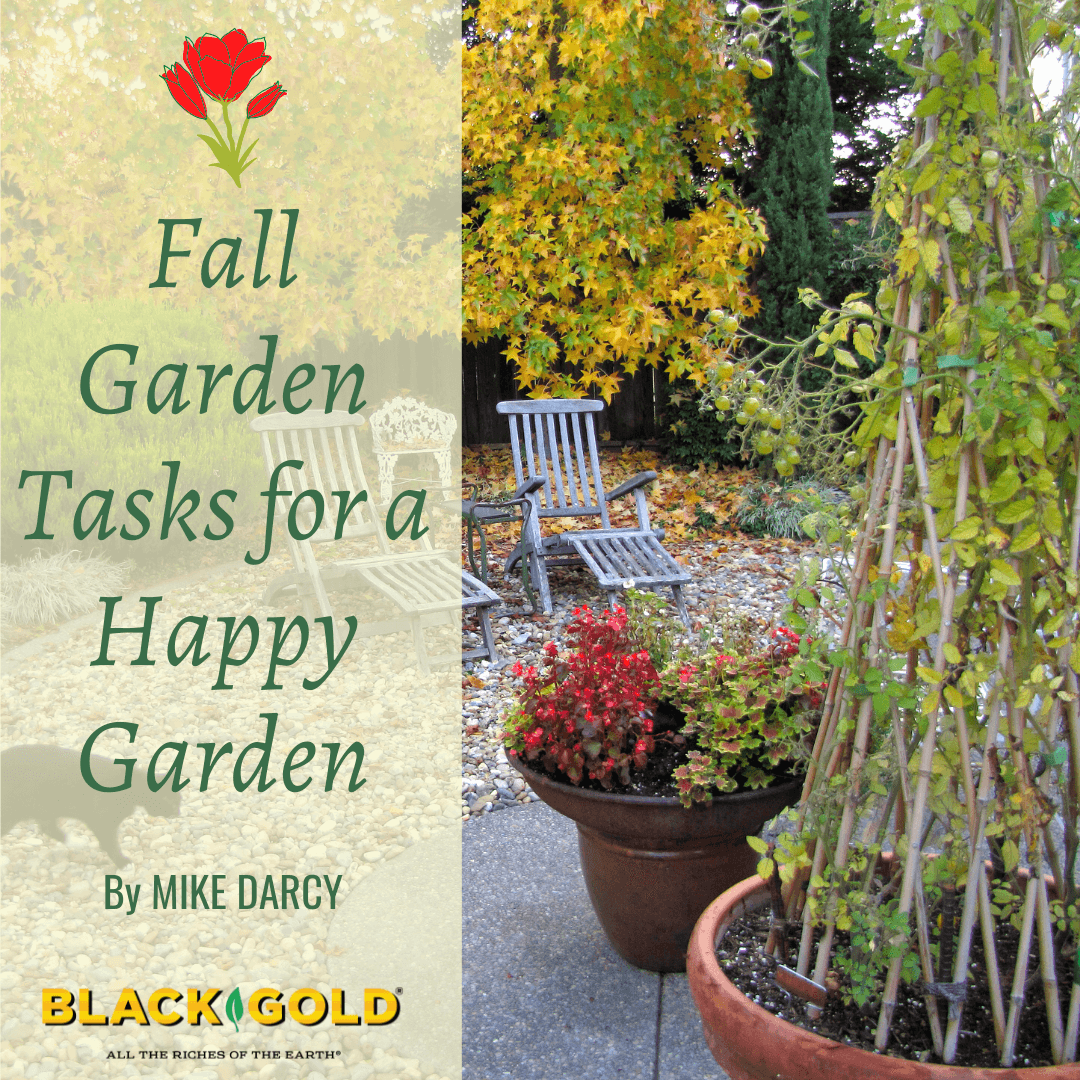
RAIN! We actually had rain. Not just rain but enough to clean the dust off of the leaves, wet the soil, and make both gardeners and plants happy. I was thrilled to see such heavy rainfall. Downtown Portland, Oregon actually received a record rainfall on September 17, 2021, of 1.80 inches. While our average rainfall for the year is still down, this was certainly a boost, especially coming after a very hot and dry summer.
Healing From The Hot, Dry Summer

It has been a rough summer for many gardeners with the record-breaking temperatures, and if that was not enough, the lack of rain in what is normally a moist-summer region was unprecedented. Many gardeners, including myself, had a difficult time keeping plants hydrated. I could water plants one day and on the next, they might be wilting as though they had not been watered in weeks. Some plants were badly scorched from the intense heat, and there was little we could do to prevent it. We all learned some lessons from this and realized that we can expect repeated high temperatures. This year’s summer weather was not just a one-time occurrence. Future garden preparations are in order. [Click here for some good tips that can help save summer plants during extreme heat spells.]
Amending Soil for Heat and Drought
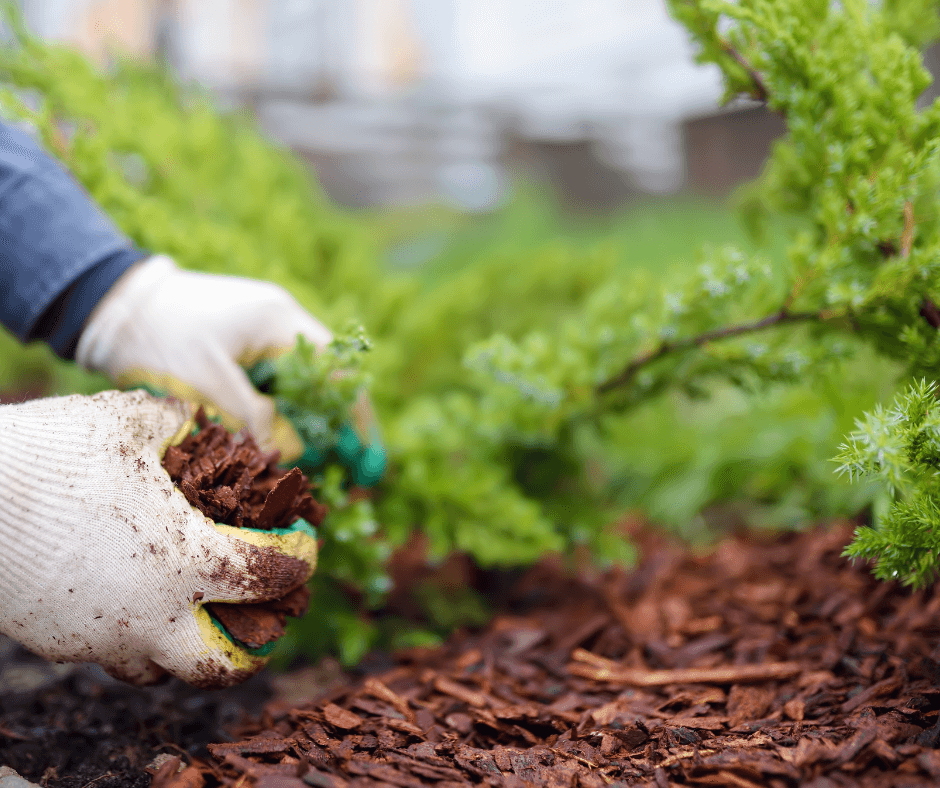
One lesson to be learned is the need to increase and protect soil moisture. Even though there is no universal rule that says plants need to be mulched, mulching does reliably hold soil moisture and helps keep roots cooler when temperatures rise. There are a variety of mulches that help reduce soil evaporation, these include fertile compost, quality triple-shredded bark mulch, shredded leaf compost, and fine bark chips. Soil additives that naturally increase water-holding capacity include Black Gold Just Coir Coconut Coir, Canadian Sphagnum Peat Moss, and Natural & Organic Garden Compost Blend. All are OMRI Listed for organic gardening and hold lots of water to keep plant roots refreshed. [Click here to learn how to calculate mulch and amendment application rates for your garden.]
If transplanting is in order, adding Black Gold Natural & Organic Cocoblend Potting Mix to the soil is also beneficial. Black Gold Garden Compost Blend also makes an excellent addition to perennial and shrub containers in need of an organic matter boost. [Click here for additional tips for saving water in the garden during drought.]
Transplanting and Planting for Heat and Drought

October is an excellent time to plant and transplant many trees and shrubs. Before planting or moving plants, I walk through our garden and take a good look at the plants that suffered in summer. Perhaps they are not in the best location and would perform and thrive much better if they were moved. Since we have had predictably harsher summers during the previous years, I think that many of us, including myself, have stretched the “zone” where some of these shade-loving plants are planted. Moving partial-shade lovers to shadier locations seems safer these days, and if something does need transplanting, fall is an ideal time to do it in the Pacific Northwest. Gardeners with shorter seasons living elsewhere may be better off waiting until spring to move plants.
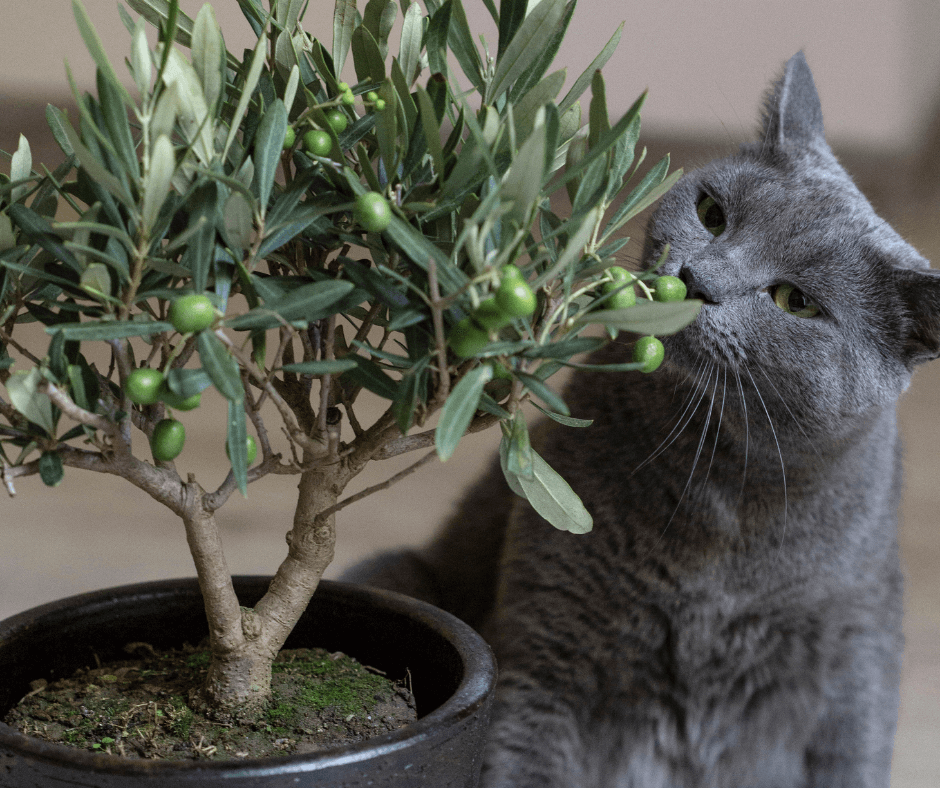
Over the years, I have been choosing more plants for drought. In my garden, I have three fruiting olive trees, (Olea europaea ‘Arbequina’, USDA Hardiness Zones 7-11), that are planted in an area that gets intense summer sun. These trees received no supplemental water, and they show no sign of any stress. Through summer, I checked the leaves daily for any sign of scorching and there was none. On the opposite end of the spectrum, my hydrangeas and rhododendrons in sunnier locations did not fare so well, so I have decided to relocate them to a garden space that gets more shade. Transplanting them now, while the soil is still warm, will encourage root development, and fall and winter rains will provide the moisture they need. Back to soil amendment: this is the one opportunity that you have to amend the soil around the roots of your transplants. It is also essential to make sure that they do not get too dry after planting, even in fall. [Click here for a great overview of how to plant and site trees and shrubs.]
If you grow rhubarb and notice the stems seem to be getting smaller, it may be time to dig and divide the clump. Dividing rhubarb needs to be done every 3-4 years. Rhubarb develops a large root system and likes soil rich in compost or organic matter. Many gardeners grow rhubarb as an ornamental rather than as a food crop. Some varieties have red stalks that can be quite showy.
Sharpening and Cleaning Garden Tools
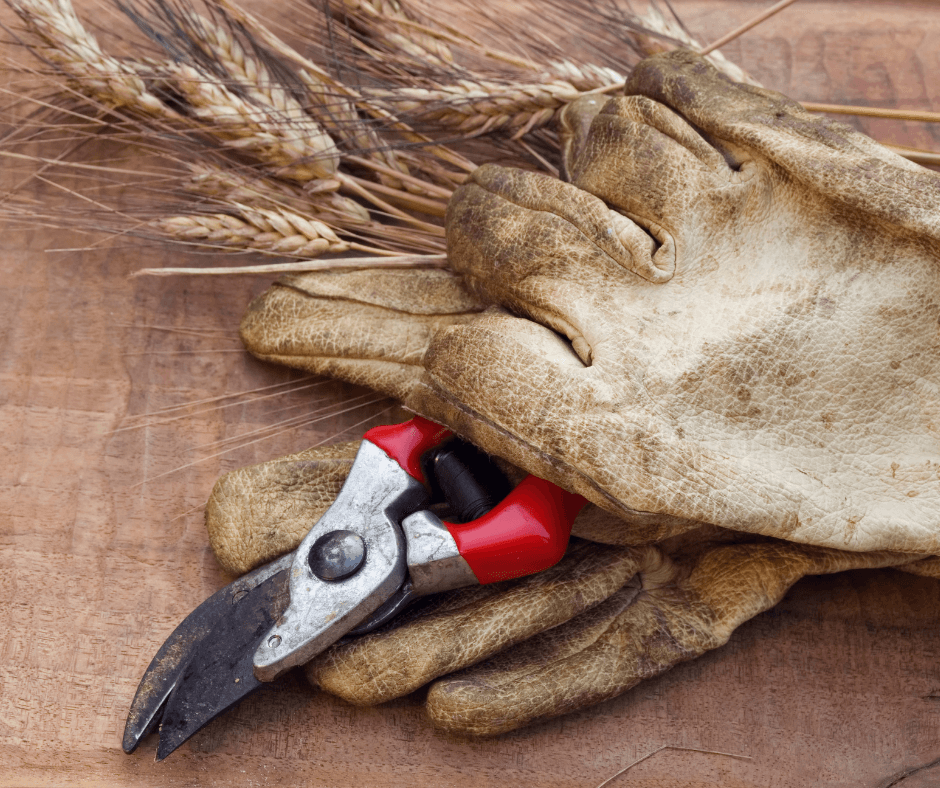
While it is easy to forget to take care of the garden tools that we use, pruners, pruning saws, mowers, etc., this is a good time to clean and oil them so they will be ready for spring. Rakes, shovels, and hoes should also be cleaned and sharpened. I like to take my mower for a tune-up in the fall or winter, so I know it will be ready in the spring. [Click here for a great how-to for cleaning and maintaining bypass pruners.]
Planting Spring Flower Bulbs
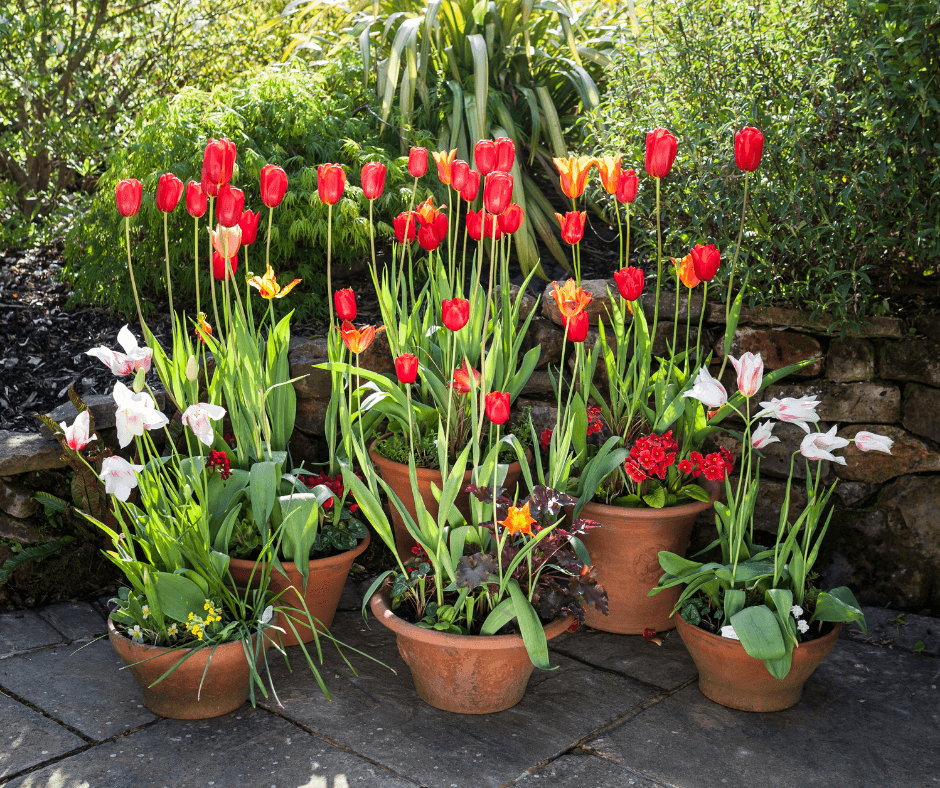
Don’t forget to plant the many spring-flowering bulbs that are now available in garden centers. Bulbs also do well in containers and can provide some color on a deck or patio in the spring. For bulbs in a container, I plant winter pansies over the top and they provide color all winter. In the spring, the bulbs will come up through the pansies. I use Black Gold Natural & Organic Potting Mix in the pots. [Click here to read my article about how to prepare and plant deluxe layered bulb planters for spring.]
There is much to do in the garden during autumn before we have a killing frost. If the weather stays warm and sunny, many plants like fuchsias, salvia, geraniums, etc, will continue flowering. Enjoy them as long as you can.


